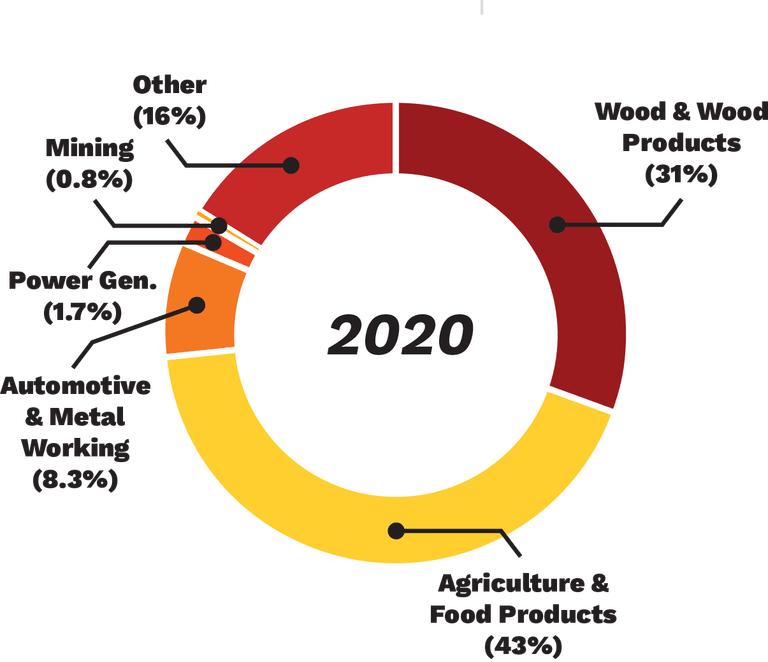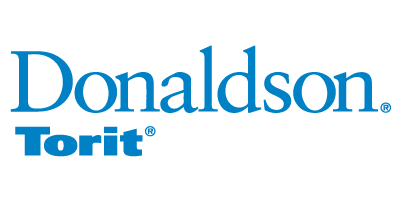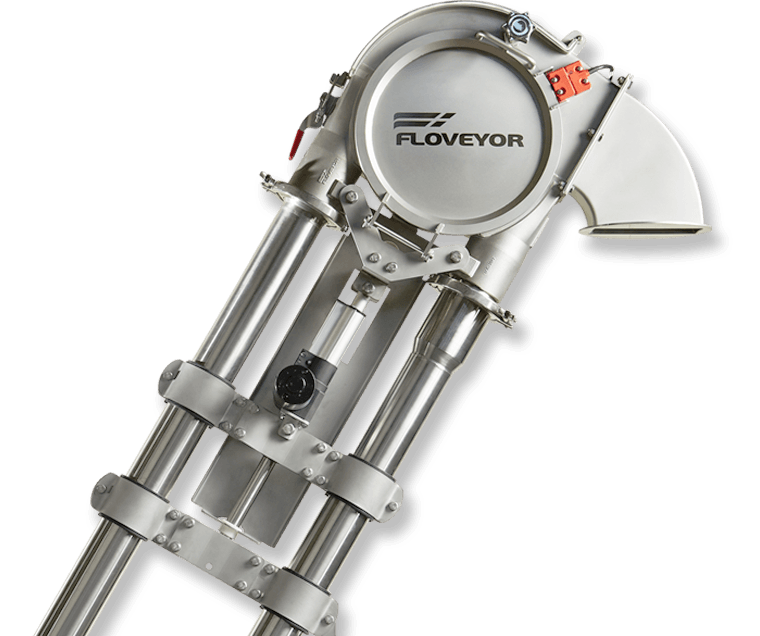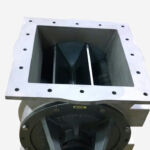Overview
Dust particle generation is common in processing and manufacturing food products. If dust particles are not managed properly, this can pose a negative risk to the health and safety of the employees. Food dust particle size can be coarse or so fine that they are invisible to the naked eye. The most common dust hazards which can be encountered in the food industry are:
- Occupational Exposure
- Cross-contamination
- Combustible Dust
Since 2017, agricultural activity and food production has ranged from 33% to 45% of the dust fires and explosion incidents recorded globally.
Food products played a role in 41% of fires and explosions in the first half 2020.
Combustible Dusts
Any fine solids that have potential to catch fire and start an explosion when mixed with air are considered to be combustible dusts. Common sources of combustible dusts in the food manufacturing and processing industries include:
- sugar
- flour
- spices
- tea
- grain
- proteins
When these ingredients get confined and concentrated under proper conditions, they can form a combustible dust cloud. In the presence of air and an ignition source, these particles can burn or explode which could inflict serious injuries to workers or damages to the facilities and environment.
Governing Entities Involved in Combustible Dust Issues
There are three entities who handle combustible dust issues in the United States. Each entity has a specific role and function to fulfill.
- National Fire Protection Association (NFPA) –provides combustible dust safety standards. NFPA is also responsible for the regular amendment and revision of the standards.
- Occupational Safety & Health Administration (OSHA) –enforces NFPA standards with the aid of local authorities. OSHA also provides policies and procedures in their Combustible Dust National Emphasis Program (NEP), for proper inspection of facilities dealing with combustible dusts.
- S. Chemical Safety Board (CSB) –investigates industrial chemical accidents like combustible dust explosions.
Relevant NFPA Standards for Food Industries
There are a number of NFPA standards which include discussion on combustible dusts. We will go through the three standards relevant to food processing facilities.
- NFPA 652 (Standard on the Fundamentals of Combustible Dust) –provides the requirements for proper management of combustible dust fires and explosions.
- NFPA 654 (Standard for the Prevention of Fire and Dust Explosions from the Manufacturing, Processing and Handling of Combustible Particulate Solids) –a general standard which provides guidelines for designing a safe dust collection system.
- NFPA 61 (Standard for the Prevention of Fires and Dust Explosions in Agricultural and Food Processing Facilities) –covers the guidelines specific for food facilities like bakeries, grain elevators, feed mills, snack food processing, etc.
Preventing Combustible Dust Fires and Explosions in Food Industries
Food processing facilities have been at the forefront of addressing combustible dust risks. However, some of those early systems are now aging or out of date, and some plants have implemented changes in food manufacturing processes due to increased production rates. Hence, if you are considering replacing aging systems, combining process equipment review with dust collection system evaluations is generally recommended.
With proper planning and implementation, the risk of combustible dust fires and explosions can be managed, eliminated, or reduced to acceptable levels. Preventing combustible dust problems isn’t hard, but it does require awareness of the problem, facility-specific analysis of risks, and consistency in implementing housekeeping and other prevention procedures – we can help. Approtec has over 40 years of experience in delivering engineered and technical solutions, and represents different industry leading manufacturers of dust collection systems and fire and explosion protection systems.
There are five ways on how to prevent combustible dust fires and explosions:
Dust analysis
A dust analysis will identify and evaluate the risk of fire and explosion hazards within a facility or process handling Combustible Dust, and recommend where additional safeguards should be implemented.
Dust control
Dust control can be implemented by:
- Ensuring tight seals of process equipment and ventilation systems to prevent escape of dusts.
- Practicing good housekeeping such as cleaning at regular intervals with the use of vacuum cleaners approved for dust collection.
- Using a dust collection system.
A dust collection system filters the air, helping to prevent dust accumulation. These systems create airflow to capture dust at designated points and move it to a dust collector.
Thanks to new advancements, dust collector systems come in many sizes and can be located indoors or outdoors. An outdoor location gives you additional mitigation strategies. For example, a fire in an outdoor collector, properly isolated, could be allowed to burn itself out. However, food manufacturers have three good reasons to consider indoor point-of-use dust collectors, such as limiting cross-contamination, cleaner facility & reduced downtime.
Donaldson Torit is an industry leading manufacturer providing the broadest selection of collector systems, latest technology and replacement filters.
FEAUTURED
Dust & containment free conveying with the Hygienic Aero-Mechanical Conveyor (AMC), a fully enclosed conveying system inherently suited to hygienic applications.
ATEX 2014/34/EU suited for potentially explosive applications
Rotary valves help or hinder your fire safety efforts, depending on how they’re made and maintained. Though you can’t stop explosions by using a rotary valve, they can help stop the spread of flames along your conveying line, should an explosion happen.
Prater Rotary Airlock Valves are the only valves in North America that is third party tested & certified to comply with NFPA-69 standards.
In the first half of 2020, storage silos demonstrated the highest percentage of combustible dust incidents with 22 fires and 6 explosions reported, followed by dust collection systems.
Ignition control
The ignition source is one of the important elements needed to start a fire. Hence, controlling this will reduce the risk of fire and explosion. This can be done by:
- Using appropriate electrical equipment and wiring methods.
- Prohibiting smoking or any open flames in nearby areas with combustible dusts.
- Bonding and grounding equipment to reduce static electricity.
And the like.
Damage Control
Combustible dust explosions are a risk in many areas of a food manufacturing plant, but one of the most common locations is the dust collection system itself. Fortunately, there are many types of devices and systems that help to protect dust collection systems from explosions and keep them in compliance with NFPA standards. These devices fall into two general categories: passive and active.
- Passive devices include explosion vents, flameless vents, passive float valves, backdraft dampers and flame front diverters.
- Active devices include chemical isolation, chemical suppression and fast-acting valves.
Training
- Training of employees and the management is required to increase their awareness of the hazards of combustible dusts. Dustcon Solutions offers in-person and online training for groups of all sizes.
For more details on our products and services, get in touch today.







